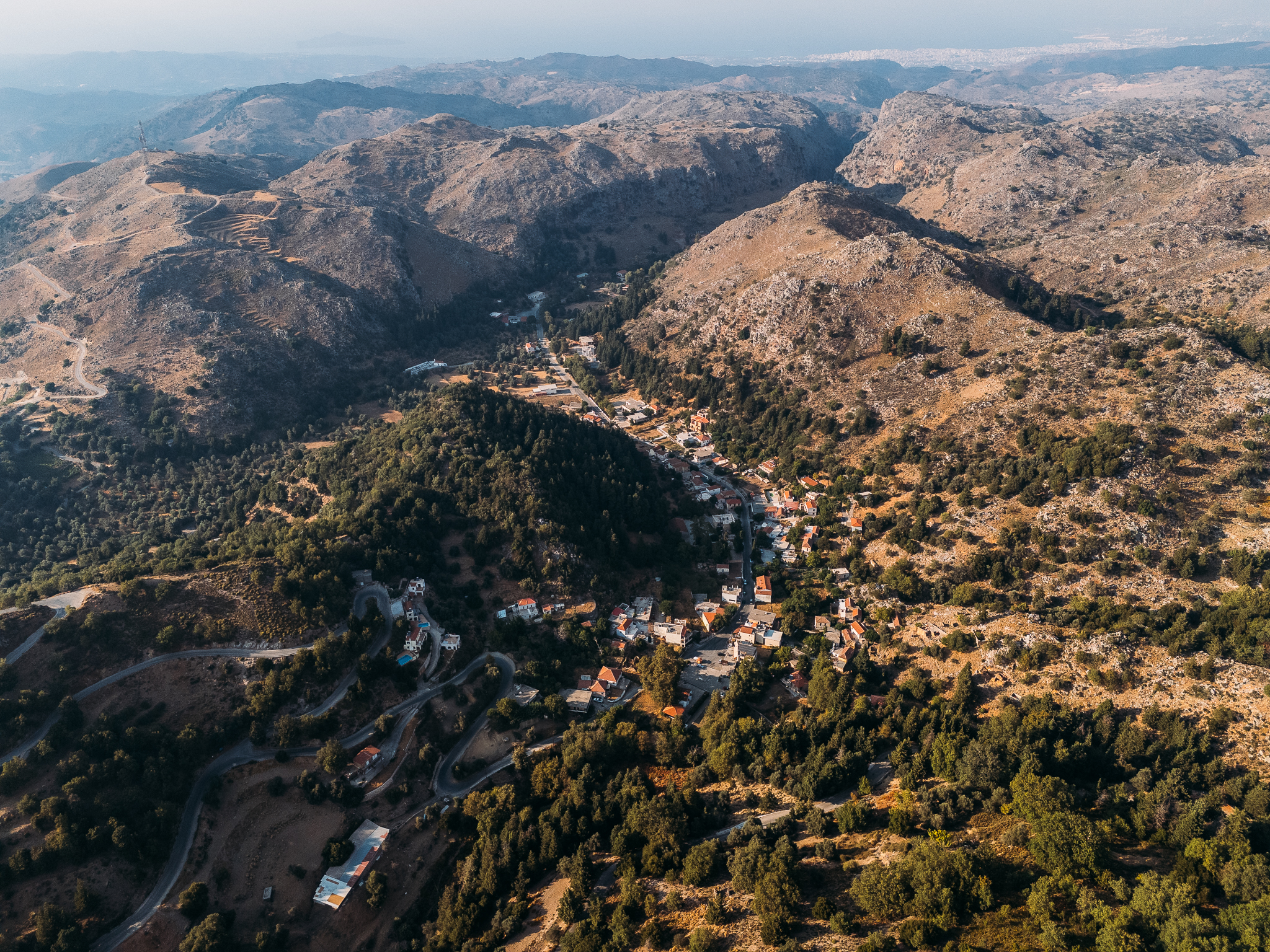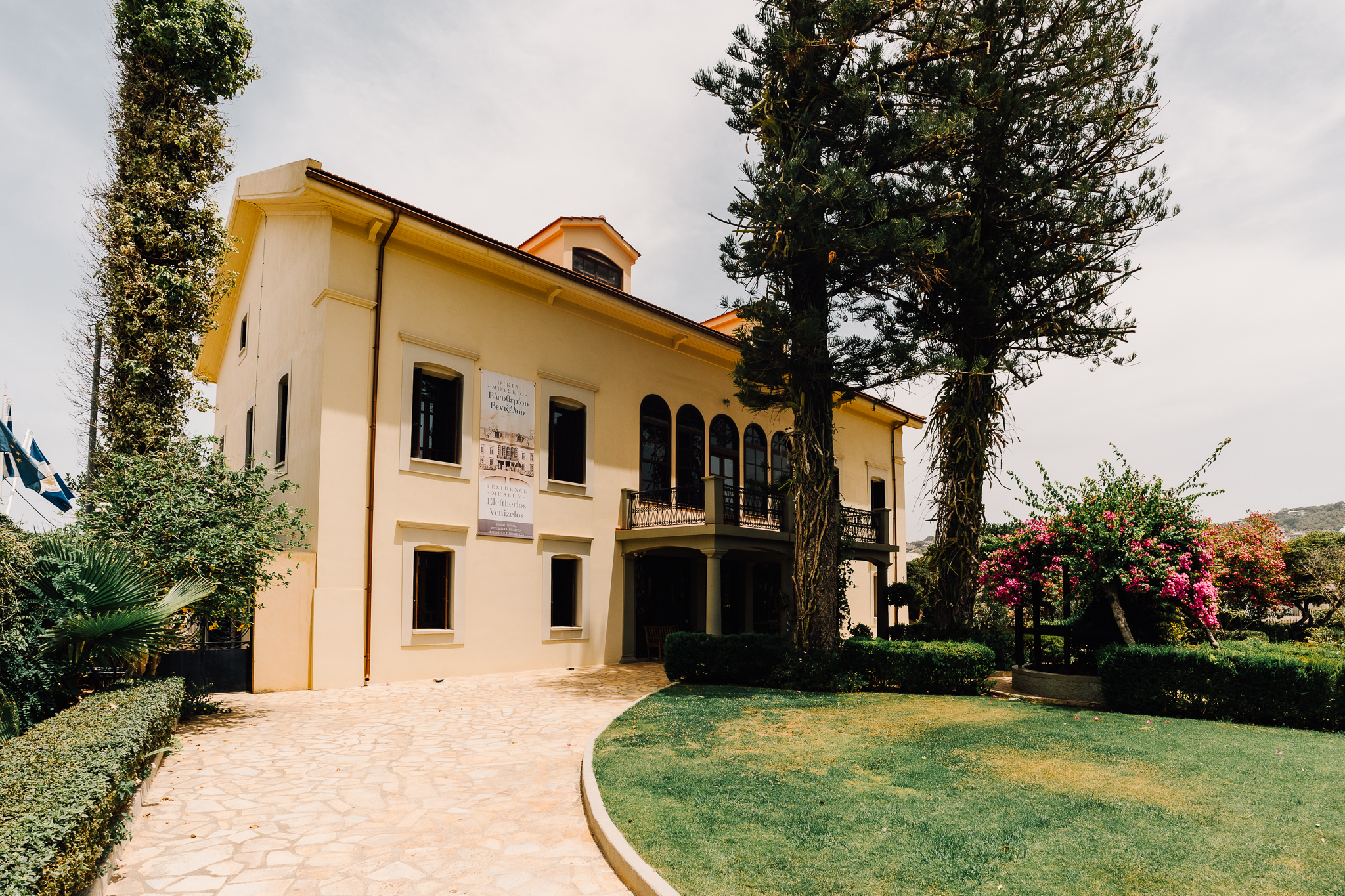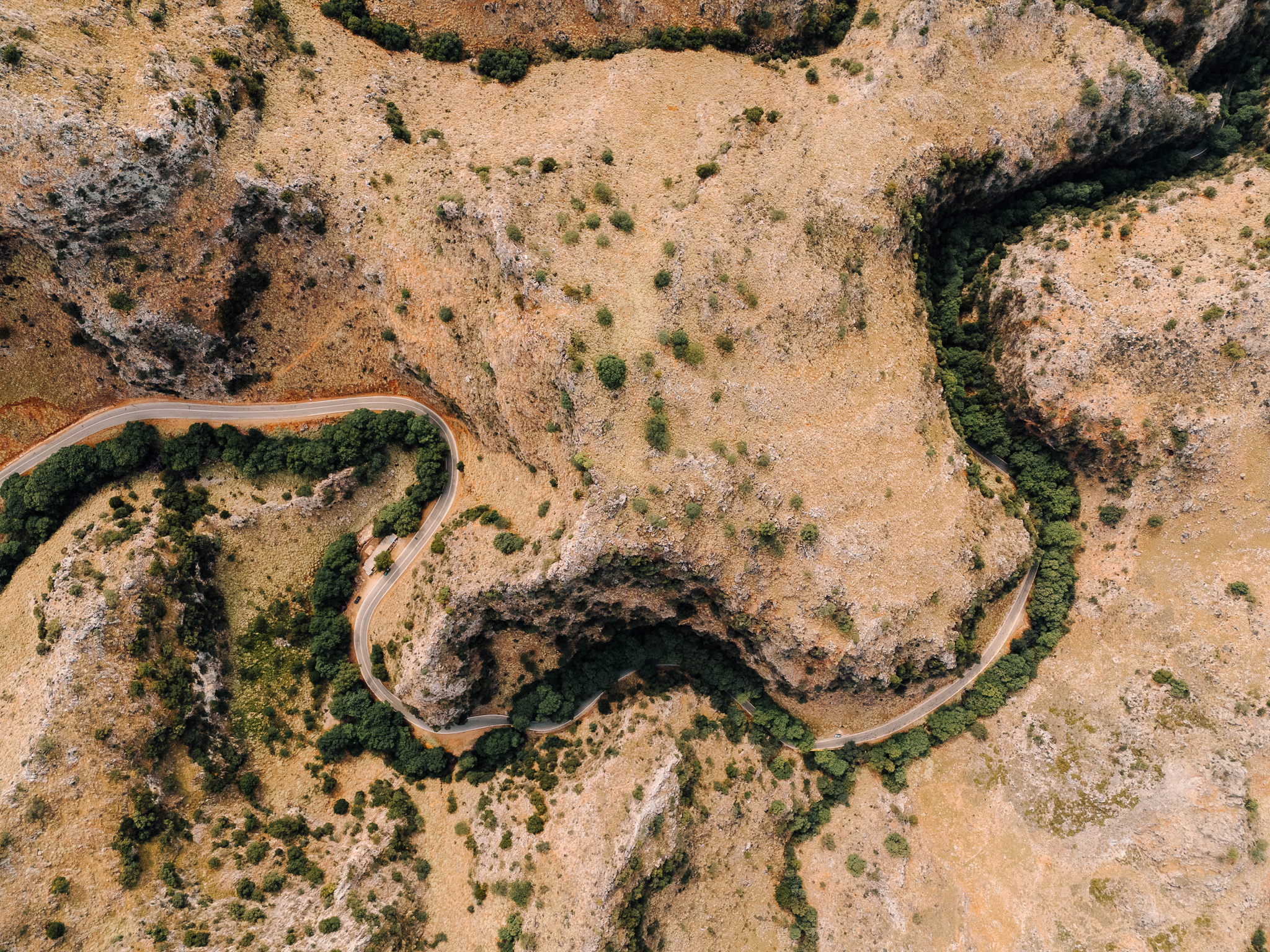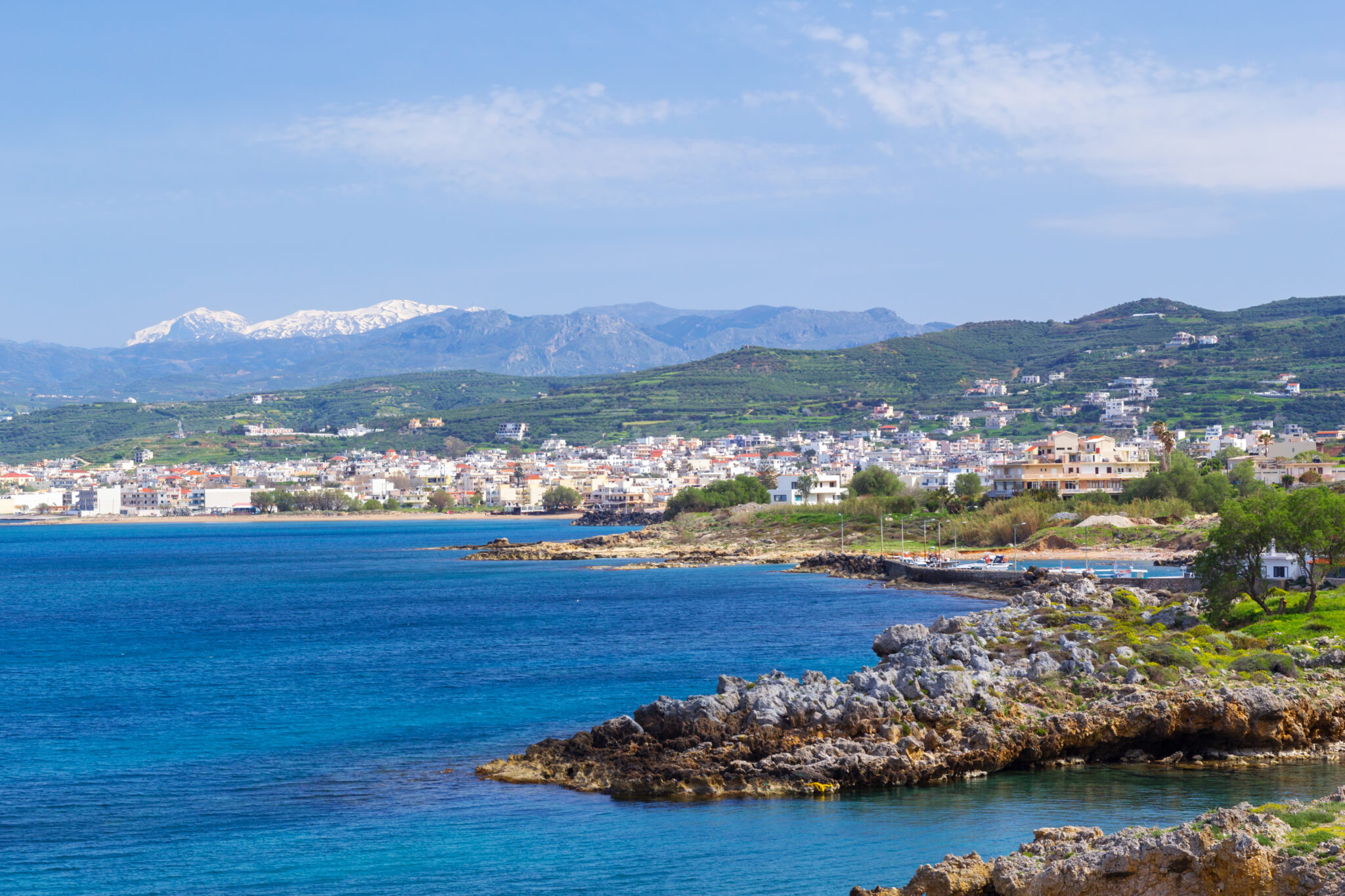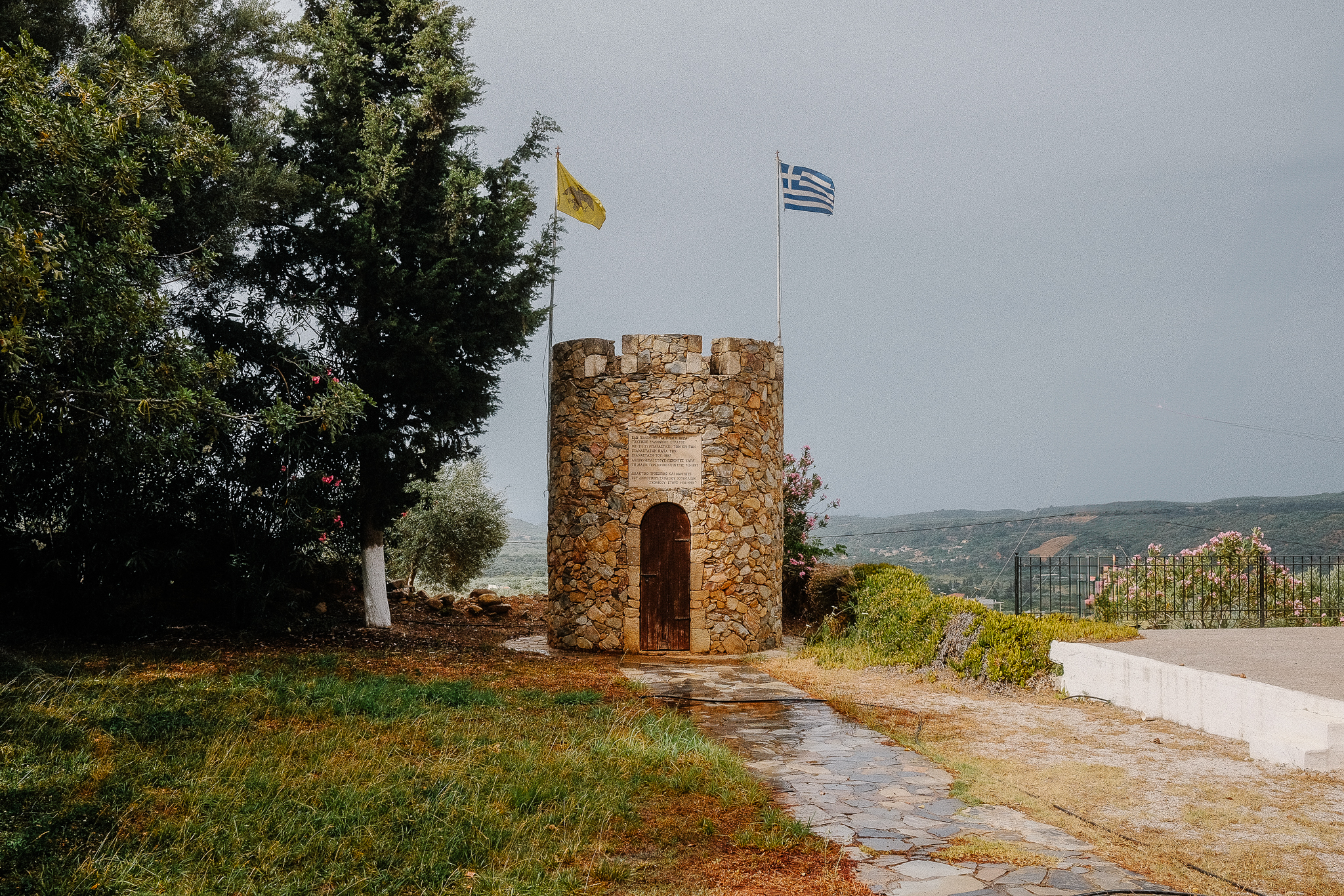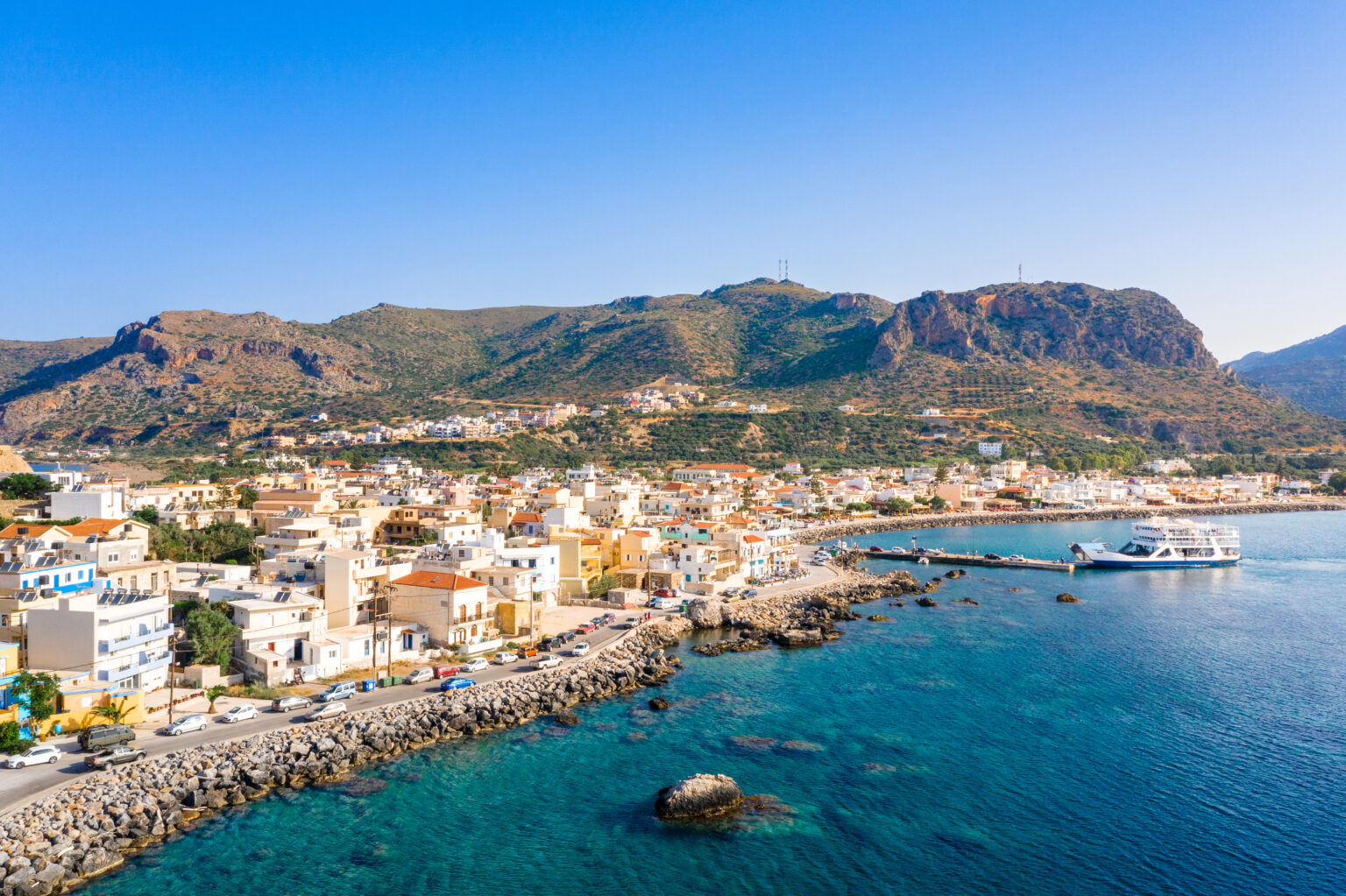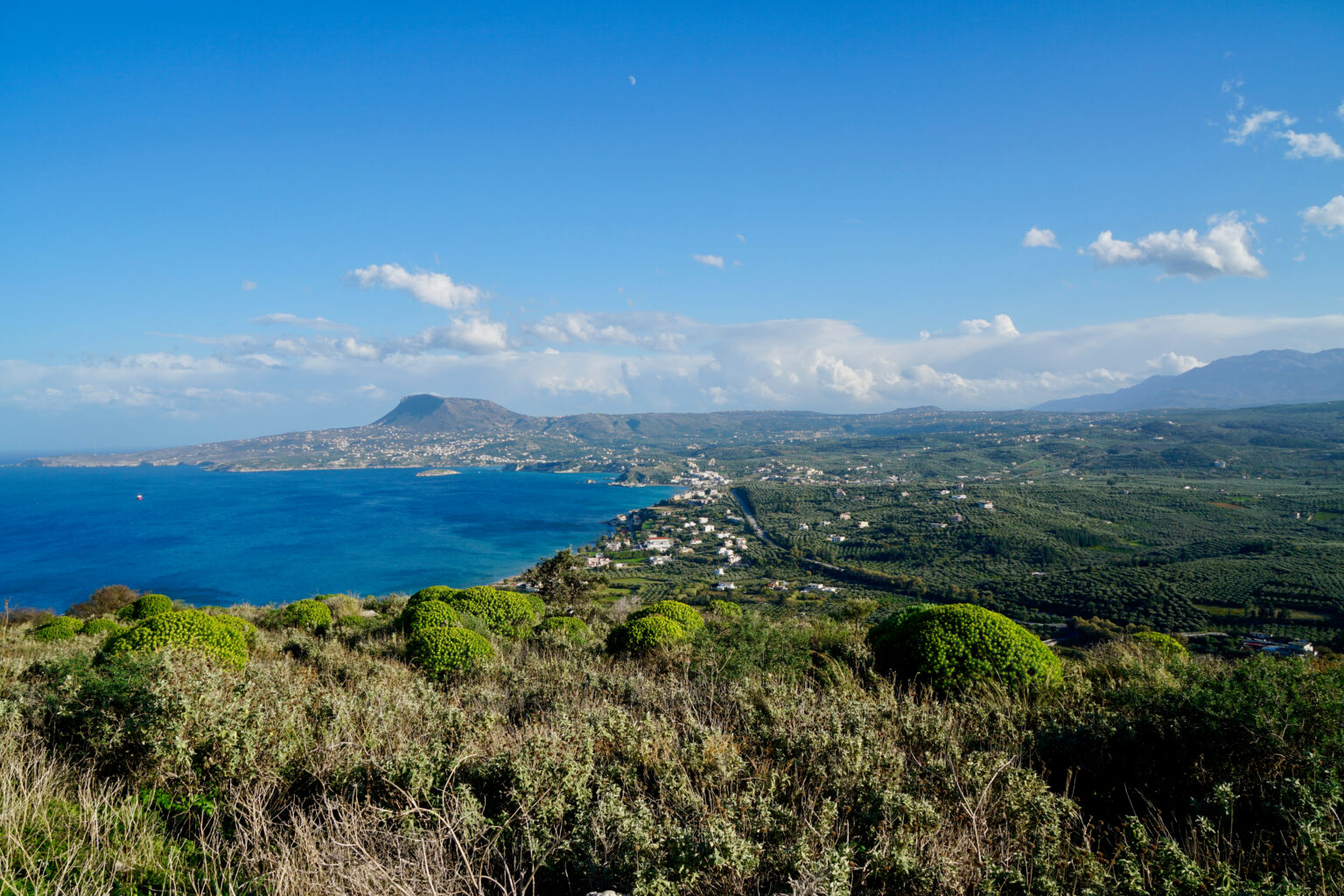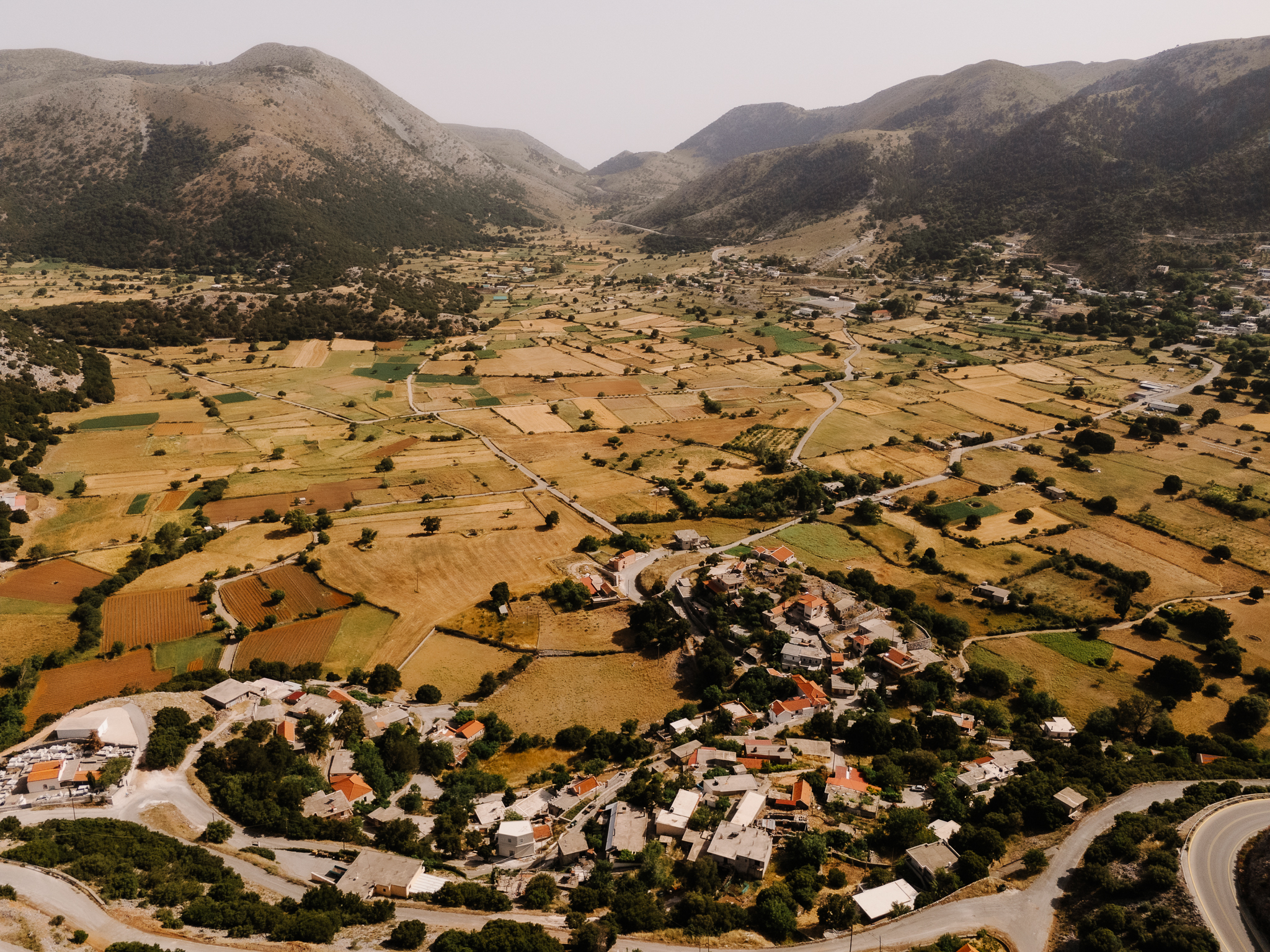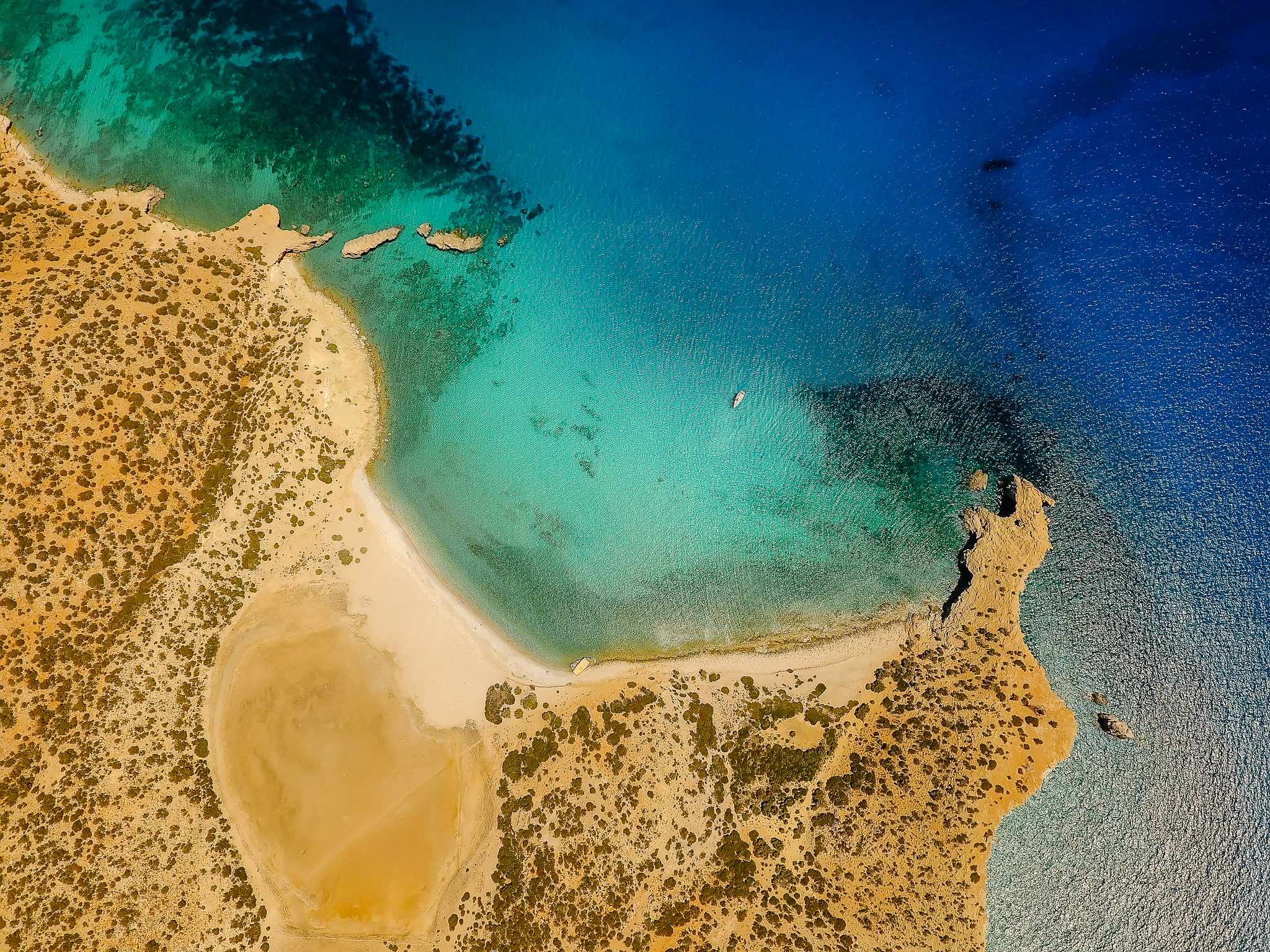From the labyrinthine alleys of Chania’s Old Town to the rugged peaks of Therisso, from Kissamos’s cosmopolitan beaches to the remote island of Gavdos, this enchanting region weaves together Crete’s rich tapestry of history, culture, and natural splendor. Traditional villages, historic monuments, dramatic gorges, and crystalline beaches compose a unique mosaic that reveals the authentic essence of Crete.
Chania: A Journey Through Time and Beauty
Discover the magic of Chania, where past and present dance in perfect harmony. Crete’s second-largest city welcomes visitors with its rich history and vibrant atmosphere. Wander through the Old Town, where narrow lanes reveal treasures of Venetian architecture. The iconic Venetian harbor, crowned by its 16th-century lighthouse, offers idyllic views and romantic promenades. Visit Kasteli Hill, the ancient acropolis, where layers of civilizations tell their stories through stone.
For culture enthusiasts, Chania presents a wealth of museums – Archaeological, Maritime, the Venizelos House Museum, Typography Museum, and School Life Museum. Don’t miss the contemporary side of the city. Sip coffee in cosmopolitan Koum Kapi and find respite in the verdant Municipal Garden and Peace and Friendship Park. Chania’s unique blend of history, culture, and modern life promises an unforgettable journey.
Therisso: A Journey into Cretan History and Nature
Discover picturesque Therisso, an enchanting village nestled at the foot of the White Mountains, just 16 kilometers from Chania. The journey through the impressive Therisso Gorge is an experience itself. The village, intimately connected with Eleftherios Venizelos, reveals its rich history through the historic headquarters-house and the Museum of Cretan Revolution. Savor local flavors in traditional tavernas, explore cool mountain paths, and marvel at the White Mountains’ vista. Adventure seekers will find thrilling climbing routes in the gorge. Don’t miss the Kato Sarakina Cave, an archaeological treasure that bears witness to the region’s ancient history.
Kissamos: A Cretan Paradise of Natural Beauty and Culture
Where the northwestern tip of Crete meets the Aegean, Kissamos (also known as Kasteli) emerges as a tapestry of traditional Cretan hospitality and breathtaking landscapes. In its timeless alleyways, where moments seem suspended in Mediterranean light, traditional tavernas line the waterfront, offering both culinary delights and sweeping sea views. Kissamos serves as the perfect base for exploring some of Crete’s most celebrated beaches – the ethereal pink sands of Elafonisi, the turquoise lagoons of Balos, and the crystalline waters of Falassarna. History buffs will find solace in the Archaeological Museum and Venetian fortress, while the charming fishing village of Limni offers fresh catches served against spectacular sunsets.
Voukolies: A Village of Rich History and Living Traditions
Just 27 kilometers from Chania, Voukolies stands as a testament to Crete’s enduring spirit, where past and present coexist in harmonious balance. The village’s crowning glory is its legendary Good Friday bazaar, a tradition dating back to the mid-19th century that has evolved from a simple market into a vibrant festival drawing visitors from across Crete. The 1866 Turkish tower stands as a silent sentinel to the village’s rich history, while the fertile Tavronitis River valley continues to sustain traditional agriculture and livestock farming, offering visitors an authentic glimpse into rural Cretan life.
Paleochora: An Enchanting Destination in Southwestern Crete
Seventy-five kilometers from Chania, Paleochora rises from the southwestern coast like a perfectly preserved diorama of Cretan life. This popular destination masterfully balances its traditional village charm with modern resort amenities. Stone-paved streets lined with elegant boutiques and traditional tavernas lead to the restored 13th-century Selino Castle, offering panoramic views of the twin bays embracing the peninsula. With over ten beaches stretching along 18 kilometers of coastline, and regular boat connections to Sougia, Agia Roumeli, and Gavdos, Paleochora serves as both sanctuary and gateway to southern Crete’s treasures.
Vamos: A Historic Gem in the Heart of Rural Crete
Twenty-five kilometers from Chania, Vamos presents itself as an exquisitely preserved village in the foothills of the White Mountains. This semi-mountainous settlement, with its rich history and impressive architecture, offers an authentic immersion into Cretan tradition. The contrast between luxurious konakia (mansions) and humble kamarospita (arched houses) tells the social history of the region, while the 13th-century Chapel of the Virgin Mary and the Monastery of Karydi with its impressive 12-arched olive mill stand as monuments to centuries of cultural heritage.
Vryses Apokoronou: A Hidden Treasure of the Cretan Countryside
In the heart of Apokoronou, just kilometers from Chania, Vryses emerges as a picturesque town where fewer than 1,000 residents maintain the delicate balance between past and present. History flows through its streets like the converging Boutakas and Vrysianos rivers, from the ancient ruins of Amphimalion and Philippos to the historic Greek Kamara bridge. The crown jewel is the village’s central park, where massive plane trees shade casual cafés, visiting ducks wade in crystalline waters, and the gentle sound of flowing streams creates nature’s own symphony. The local economy, rooted in tourism and agriculture – particularly citrus and olive cultivation – offers visitors a taste of contemporary Cretan life while maintaining its traditional essence.
Sfakia: An Authentic Destination in Southern Crete
On Crete’s southern coast, Hora Sfakion stands as a testament to resilience and beauty. This settlement of 300 souls, 74 kilometers south of Chania, serves as the gateway to the mountainous Sfakia region, positioned near the terminus of the Imbros Gorge. Its dual harbors connect adventurous travelers to Agia Roumeli, Loutro, Gavdos, Paleochora, and Sougia, while summer brings Samaria Gorge hikers to its welcoming shores. Despite its modest size, the village offers all essential amenities, with regular bus connections to Chania complementing local taxi services. The serene Vrysi beach to the west and numerous pebbled coves provide maritime respite, while accommodations range from simple rooms to full apartments.
Askyfou Plateau: A Hidden Treasure in the Lefka Ori (White Mountains)
Fifty kilometers south of Chania, the Askyfou Plateau unfolds like a natural amphitheater in the heart of the majestic White Mountains. At 1,200 meters above sea level, this natural wonder presents an ever-changing canvas – snow-draped in winter, emerald-carpeted in summer. Its name, derived from the ancient Greek “skyphos” meaning cup, perfectly describes its unique topography. Four small settlements house the few residents who maintain traditional livestock farming and agrotourism practices.
The plateau’s history proves as dramatic as its landscape. The Koules, ruins of two Ottoman fortresses, stand as silent sentinels to the region’s turbulent past, while the 1821 battle marks a pivotal moment in the struggle against Ottoman rule. Nature enthusiasts find paradise in the neighboring Imbros Gorge, while the smaller Tavri and Niatos plateaus offer additional natural splendor. The Tavri mountain refuge serves the European E4 path, providing a base for exploration. The War Museum in Kares village showcases an impressive collection of military artifacts, primarily from World War II.
Gavdos: Europe’s Southernmost Frontier
Thirty square kilometers of untamed beauty, Gavdos floats like a dream 32 nautical miles south of Crete, marking Europe’s southernmost point. The island captivates with its magical beaches, particularly Sarakiniko and Agiannis, while its interior flourishes with pines, juniper trees, and aromatic herbs. This sanctuary serves as a crucial stopover for migratory birds and provides refuge for endangered species, including the Mediterranean monk seal and Caretta caretta sea turtles.
The island’s history stretches back to Neolithic times, its shores having welcomed various civilizations and served as a place of exile. Despite limited infrastructure and a small permanent population, Gavdos attracts thousands of summer visitors seeking its unique charm. Travelers can explore the island’s network of paths, visit the historic Ambelos lighthouse, and embrace the simplicity of island life. Gavdos offers an authentic escape for those seeking respite from the modern world’s constant buzz, its unique beauty and character providing an experience that feels increasingly rare in today’s Mediterranean.
Read also:



